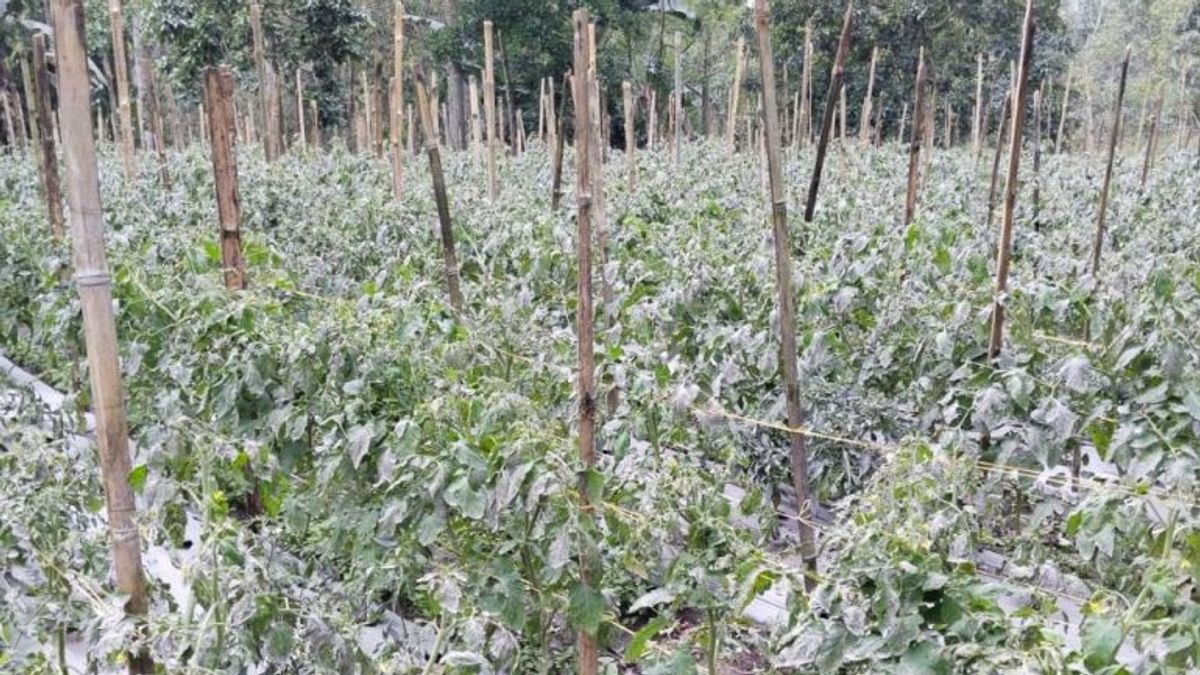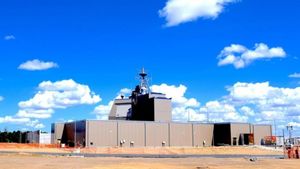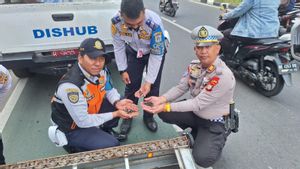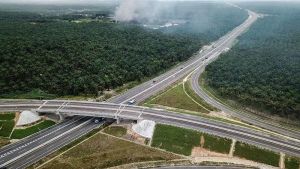PADANG - The Agriculture Service of Agam Regency, West Sumatra recorded that around 2,141 hectares of agricultural land in this area were affected by volcanic ash and sand after the eruption of Mount Marapi, Sunday (3/12) afternoon.
"The 2,141 hectares of agricultural land of the type of rice, sugar cane, and horticultural plants are covered in volcanic ash and sand," said Head of the Agam Agriculture Service, Afniwirman, as reported by ANTARA, Monday, December 4.
He said the 2,141 hectares were with details, namely rice around 1,100 hectares, sugar cane land of around 700 hectares, and horticultural plants of around 340 hectares.
However, the worst affected are horticultural plants in the form of chilies, cabbage, onions, and others.
"We cannot predict economic losses," he added.
SEE ALSO:
The locations of the affected agricultural land are scattered in Sungai Pua, Canduang, Banuhampu, and Ampek Angkek sub-districts.
"This is based on the data collection that we carried out in the sub-district around Mount Marapi," he said.
According to several farmers, the plant can be saved if it rains on the area.
To overcome this, some farmers water their crops with water, so that the volcanic ash disappears.
"Farms water plants using pesticide spray machines, so volcanic ash can be lost," he said.
He appealed to farmers not to activate about three kilometers from the top of the mountain. If you carry out activities on land, you must wear a mask and headgear to avoid the impact of the eruption.
"Currently, the condition of Mount Marapi is still emitting volcanic ash and farmers remain vigilant," he said.
The English, Chinese, Japanese, Arabic, and French versions are automatically generated by the AI. So there may still be inaccuracies in translating, please always see Indonesian as our main language. (system supported by DigitalSiber.id)

















